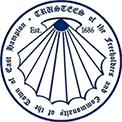The annual Montauk School Science Fair is always an exciting event for students, teachers, parents, and judges alike. This year it was held on Friday, January 26th – from 10AM – 3PM in the school’s gymnasium. The participants included students in grades 4 – 8th.

Trustee Celia Josephson who serves on the Trustee’s Education committee, and former Trustee, Susan McGraw-Keber were judges along with a robust group of judges from various environmental organizations.
The Executive Director of Concerned Citizens of Montauk (CCOM), Kay Tyler, served as a judge and the event’s co-chair with Joe Malave, the Earth Science Educator of Montauk School.
Other esteemed judges included Alison Branco of The Nature Conservancy, CCOM’s Jaime LeDuc and Andy Harris, Vice President and Chair of the Environmental Committee, Pete Topping of Peconic Baykeeper, Dr. Joyce Novak and Valerie Virgona of Peconic Estuary Partnership, Bob DeLuca of The Group for the East End, Jenna Schwerzmann of Surfrider L.I. Chapter, Natalie Cheung of the U.S. Geological Survey/Water Science Center, John “Barley” Dunne of the East Hampton Shellfish Hatchery, Montauk School’s science teacher, Todd Brunn, and Suffolk County Legislator Ann Welker. (The list is incomplete.)
Photos: Durell Godfrey of The East Hampton Star & Susan McGraw-Keber
Montauk School’s Science Educator and Co-Chair of the Science Fair Event, Joe Malave gave the judges directions and instructions before the event began. A hearty breakfast was available and all the judges were ready and eager to head upstairs to the gymnasium to view the science projects before the students arrived. During the second round, the students were on hand at their science projects to meet the judges who asked questions about the science exhibits, how the students came to decide on their project, and what their results were. The judges used a detailed form of criteria to consider when giving points to each science project- as prepared by Joe Malave.
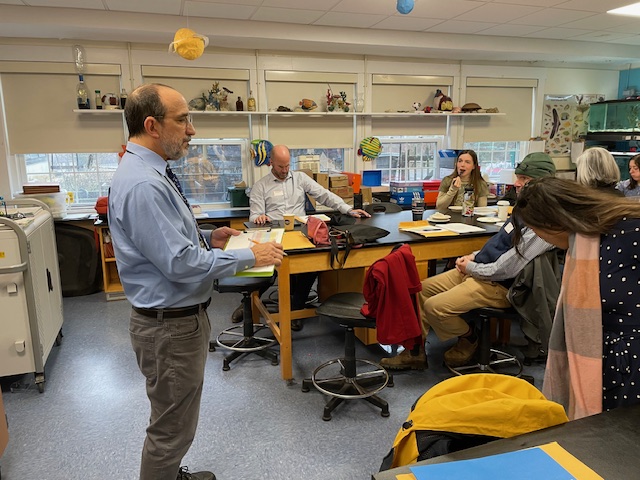


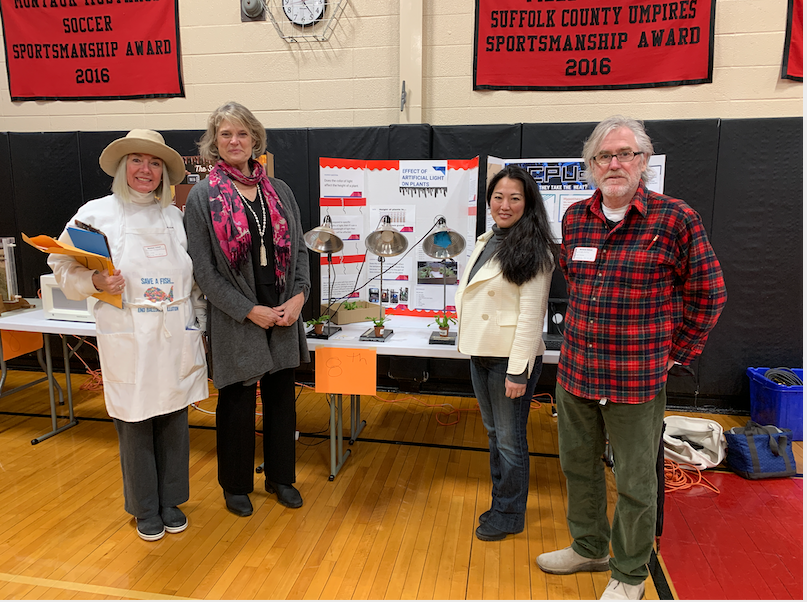
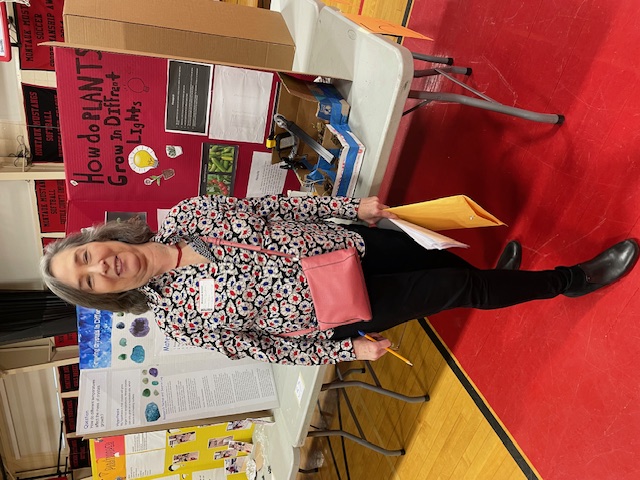

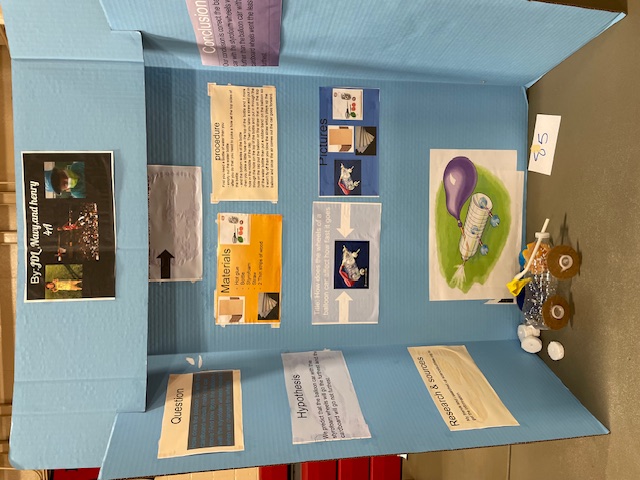

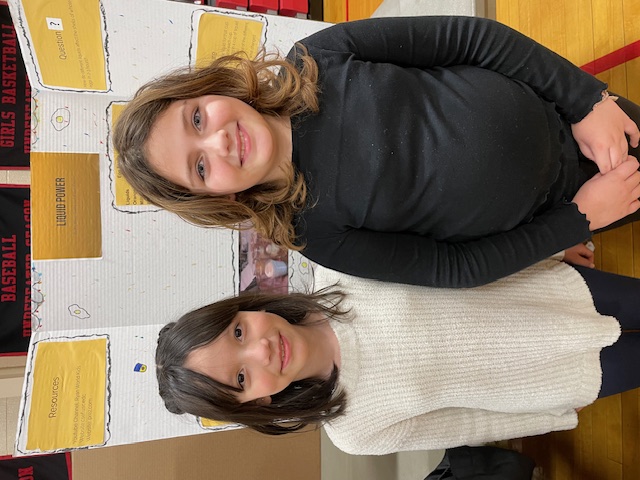

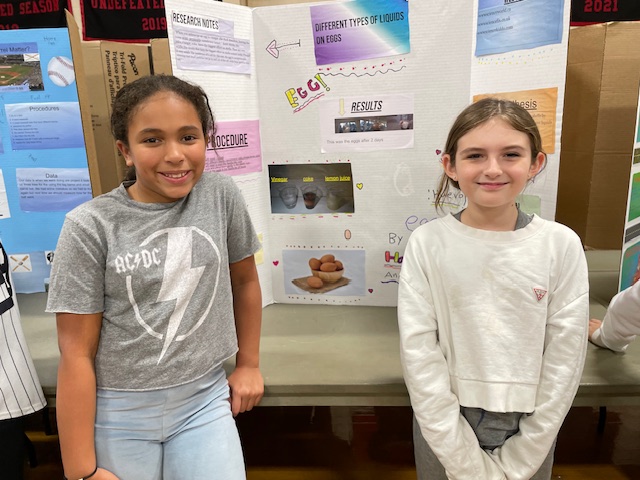
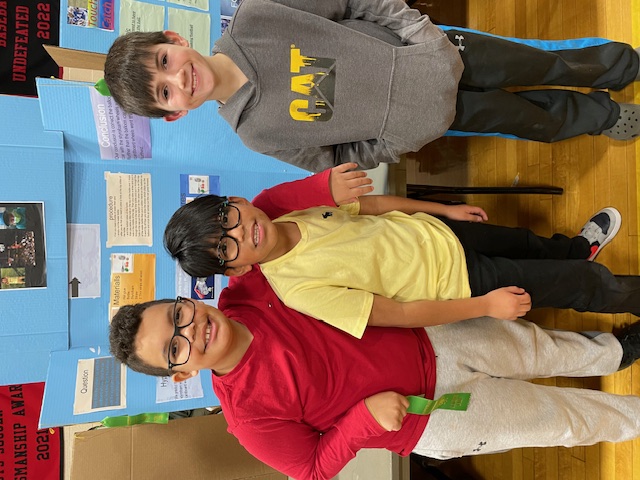
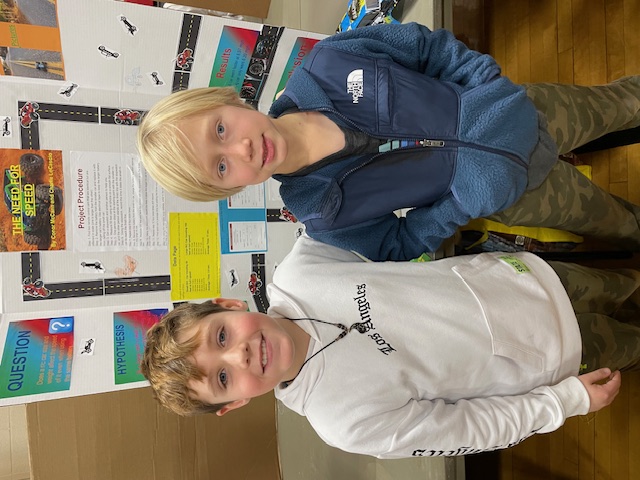

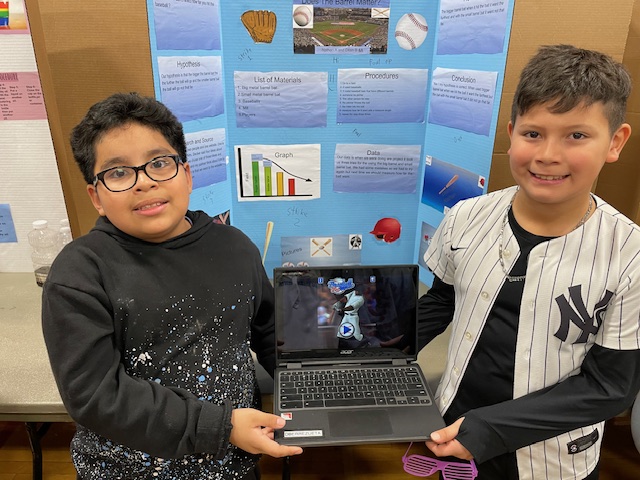

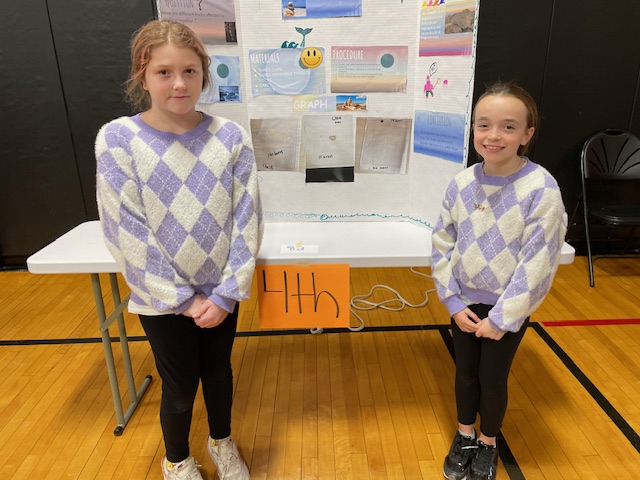
The Montauk School’s gymnasium was filled with students’ science projects in grades 4-8. Parents, teachers, judges, and students had a wonderful day! All student participants received a ribbon of excellence for their science project efforts!

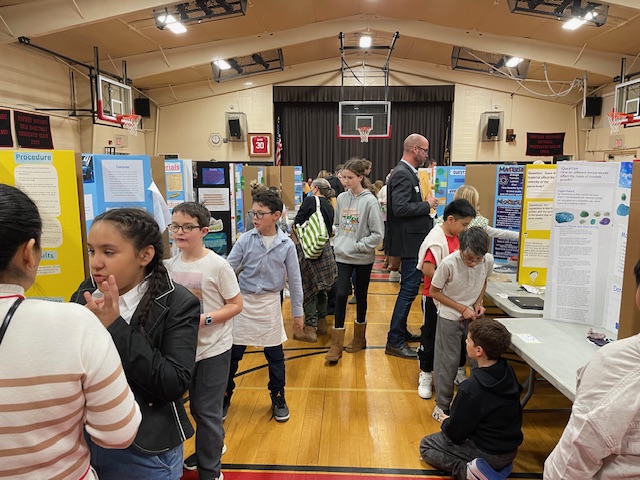
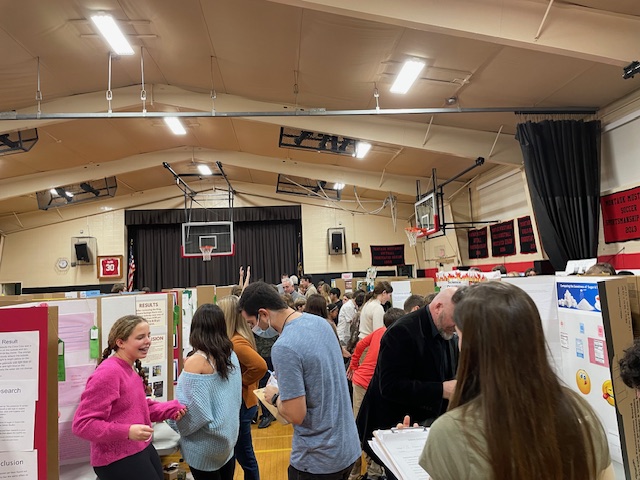
Science Project: “Groundwater Contamination”
Valentina Balducci, an 8th grade student and President of The Montauk School Science Fair Committee, exhibited an impressive science project entitled “Groundwater Contamination.”
Below is Valentina’s project proposal and detailed analysis as prepared for the fair’s exhibit.
SCIENCE QUESTION: How do contaminants move through Montauk’s hydrologic system and its different layers?

HYPOTHESIS: If the depth of the well I am injecting contaminants into is related to the velocity of the contaminants, then the well in the magothy aquifer will have the fastest velocity flow.
Independent Variable- The depth of the wells. Dependent Variable – The velocity of the contaminants. Controlled Variable: Injecting the same amount of contaminants into each well.

MATERIALS LIST:
- One plastic model of a hydrological system
- Soil, sand, pebbles, and clay
- Water
- Red food coloring
- Syringe
- Pitcher
- Ruler
- iPhone
- Stopwatch
PROCEDURE:
- Fill the system up with water and keep a constant flow having a recharge and discharge site
- After filling system up with water, inject contaminants into a well
- Time the velocity of the contaminants for 5 minutes
- After the timer is up, measure the distance the contaminants flowed
- Divide time over distance
- Discover the velocity
- Record data
- Repeat for each well
Repeat 3 times for best results

PURPOSE:
I came up with my scientific question: How do contaminants move through Montauk’s hydrological system and its different aquifers/layers based on local concern? Did you know that Long Island’s drinking water comes from groundwater aquifers? The importance of protecting our aquifers can’t be understated, and it ensures we do not pollute our only source of fresh, clean, drinking safe water. Suppose you live ona farm and you use a tractor. The primary source of contamination in our area is lawn maintenance, which can be detrimental to our water source. Other sources can be leaky oil tanks and road runoff. Some leading contaminants in our groundwater system are gas/fuel/oil, pesticides, herbicides, fungicides, and toxic metals. The primary pollutants we should be aware of are water-soluble. The high permeability of an artesian aquifer is why it will travl faster through our system and contaminate more areas. It is vital to preserve our groundwater systems to maintain our clean drinking water.
RESULTS:
Well #1, which flowed into the magothy aquifer flowed at a rate of 0.8 inches per minute or 0.013 inches per second. This means that it would flow at a rate of 576 inches per day or 48ft.
Well #2, which flowed into the Lloyd aquifer flowed at a rate of 0.4 inches per minute or 0.006 inches per second. This means that it would flow at a rate of 228 inches per day or 24 ft. per day. This was half the velocity of Well #1.
Well #3, which flowed into the Raritan Clay, didn’t flow at all. The contaminants did not travel into the system at all. They were blocked. Clay is not permeable.
When the experiment was repeated for the 2nd time, Well #1 flowed at a rate of 0.75 inches per minute or 0.0125 inches per second. This means that it would flow at a rate of 540 inches per day or 45 ft. per day. Well #2 flowed at a rate of 0.4 inches per minute or 0.006 inches per second. This means that it would flow at a rate of 228 inches per day or 24 ft. per day. This was the same as the first round of testing. Well #3 did not flow at all. Well #2 and Well #3 had the same results as the first round of testing, all results were the same as the first round.
